There are many misconceptions and stereotyping in the Martial Arts community.I recently went out to get groceries and was wearing one of my Dojo’s karate t-shirts. A man commented about my shirt and asked where I got it? I said it was my Dojo’s t-shirt. He was perplexed that it was my shirt AND that I do karate. When I asked why it was so hard to believe he said, in his exact words… “Well… you—um— don’t look like you work out often.” I’m not going to lie, I got my feelings hurt. I’ve run into many misconceptions concerning Martial Arts but none are as prevalent as the stereotyping of body image. The two largest forms of exposure for Martial Arts is movies and Mixed Martial Arts such as UFC. It’s natural that the general public would automatically assume all female practitioners would look like Ronda Rousey. Ronda Rousey former Olympian and UFC Champion... Kenpo Girl: mother and karate instructor that likes cake.... and ice cream. The truth is stereotyping can be found in every system. Kenpoists are stereotyped as large middle aged men who love Elvis and Kung Fu practitioners are viewed as tiny Oriental people that wear pajamas. The only way to break stereotyping is educating yourself and not judging a book by its cover. When I attended the 2016 Dragonfest in California I was introduced to the US Sumo Federation which demolished all misconceptions and stereotyping I had of Sumo. I had the honor of meeting Trustee Bill Gossett and Treasurer Americus Abesamis whom is also an actor and amateur Sumo competitor. I learned the United States sent a team to the 1st World Championships in 1992 and created the US Sumo Federation, a non-profit organization serving as the governing body for amateur Sumo in the United States. I was completely shocked to find out that Sumo was so popular in the United States that it would warrant an Organization such as the USSF. The USSF might be considered a small organization compared to other Martial Arts but they currently have over 600 members which includes approximately 100 active adult athletes and with about 100 active youth in competitions. There are numerous active sumo clubs in 15 states. They even have active students or Rikishi in states that do not have an established club yet. I had a hard time wrapping my head around those numbers. Whenever I thought about Sumo with my naïve mind; I pictured huge, obese, scantily clad Japanese men wrestling each other. I was blinded by one of the oldest stereotype of Sumo… SizeThe image I had in my mind had been painted by the Professional Sumo in Japan. In professional Sumo there are no weight divisions. Hence the theory—the bigger you are the better you will do. The amateur Sumo has different weight divisions for the Rikishi. Tom Zabel, President of the USSF further explained, “During our competitions and demonstrations we show people that our athletes come from a variety of ethnic, cultural, and sporting backgrounds. Many athletes come to the sport with a background in judo, freestyle wrestling, other grappling sports, bodybuilding, football, and mixed martial arts. Sumo is a contact sport and can be very rough. That roughness keeps some people away and attracts others. An average match lasts just a matter of seconds. It’s amazingly explosive –that’s the reason people love to watch it. The burst of energy and adrenaline makes sumo as physically and mentally intense as any sport can be.” Definitely not a sport or Martial Art for a lazy person. The USSF is trying to break all stereotypes of Sumo, especially to achieve their ultimate goal… |
Jesalyn Mae HarperHello my name is Jesalyn. I'm a divorced single mom and a karate addict... Archives
March 2018
Categories
All
|
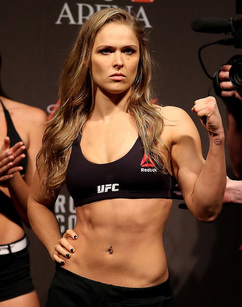
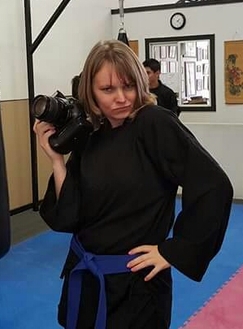
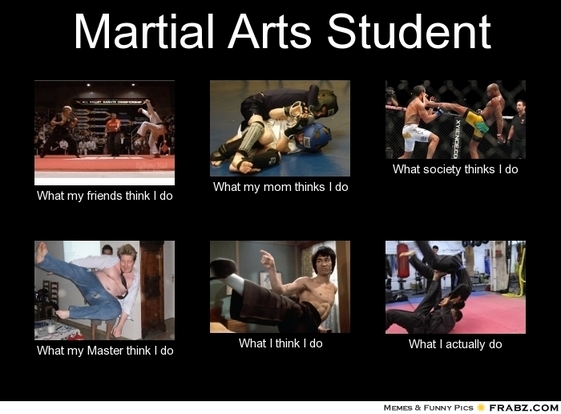
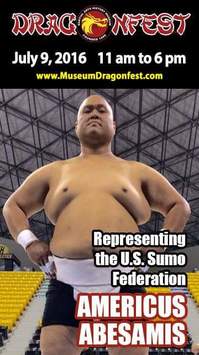
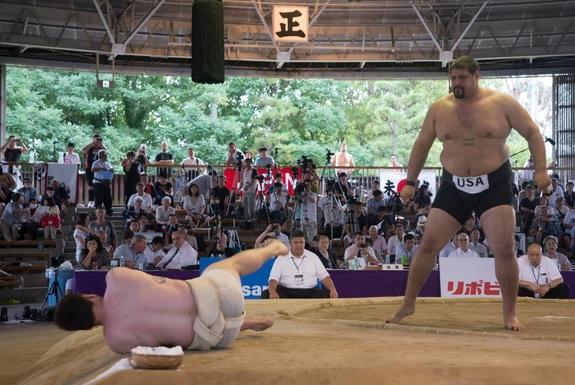
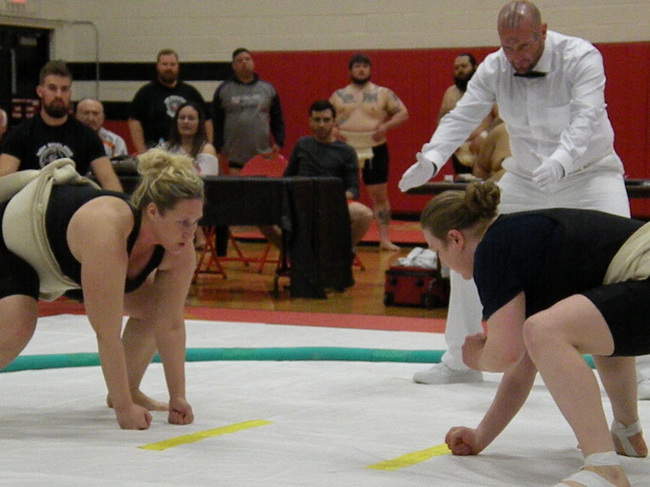
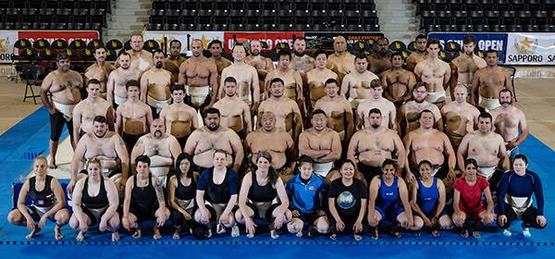
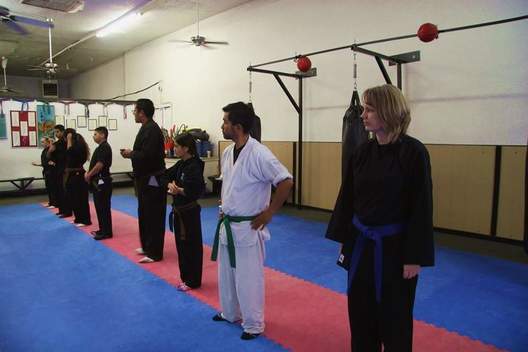
 RSS Feed
RSS Feed